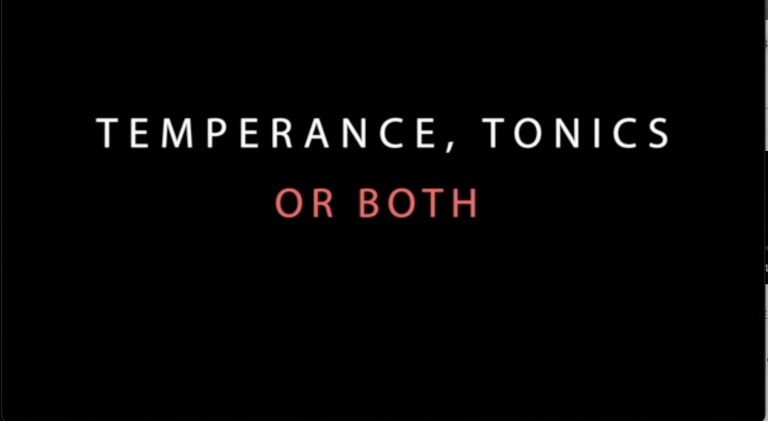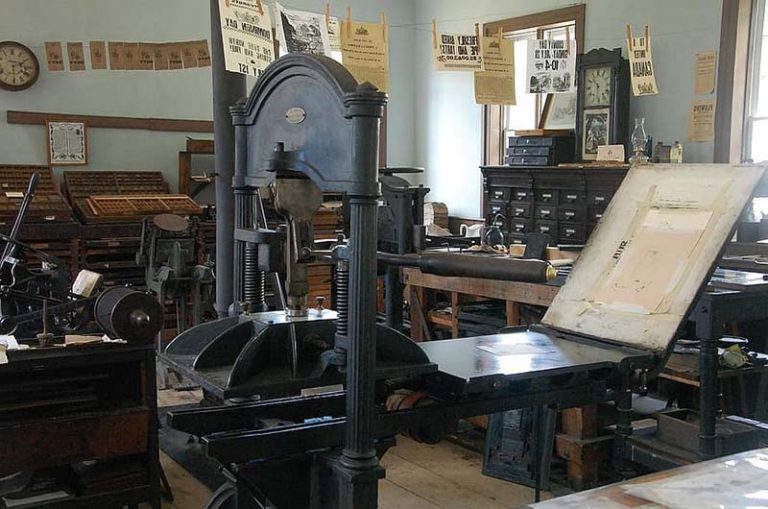And yet another attempt to redefine journalism took place on Jeff Jarvis’ blog Buzz Machine as he announces the branding of online journalism as “networked journalism”, replacing “citizen journalism” in identifying some of the phenomena taking place around journalism and the Internet.
In describing his own shift in thinking, Jarvis explains the term networked journalism does a better job describing the collaborative nature of the form of journalism he is promoting, where professionals and amateurs work together to get the “real story”. In this context, there would be a sharing of information, questions, answers, ideas and perspectives, creating a new complex relationship to formulate the news. This would pave the way for the public to become involve prior to the story being reported and journalists could seek help from the public as they are reporting.
The idea is not entirely new.
Jarvis acknowledges the contribution of Terry Heaton, of Networked Public, through the Annenberg Centre for Communication at the University of Southern California, around Networked Public Cultures for his work on the rise of a new culture around peer-to-peer social organizations. However, more extensive work is being done by Axel Bruns, in Australia, through his work on Collaborative News production.
Still, the notion of networked journalism still falls far short, as did citizen journalism. It is good to see such a high profile individual and a vocal proponent of citizen media backing down a bit. The terminology is all wrong and the concept is seriously flawed for what is it trying to describe. Like Leonard Witt, in his essay for First Monday, Jarvis seems to be seeking terminology to match an extremely fluid idea that continues to deserve deep and careful consideration. The point seems to be a democratization of the news process. Yet, the concept bogs down because the type of journalism being described is not democratic, but merely representing a shift in power structures. Certainly, the effect may make it appear to be more populist since it reaches out from the traditional newsroom models of producing journalism; yet, it is not truly participatory because it fails to be so comprehensive that it extends beyond the current limited thinking that online journalism should only happen or be expressed online.
E-journalism seek to educate, engage and empower, breaking free of the limits of the online journalism, which merely transfers traditional forms of expression on to a new medium. Blogs are no more than new form of editorial or guest column. Even the collaborative model may not truly create a public sphere, since there are definite limits on who will participate. While supporters like to parade out various housewives or “everyday people” who help create or file information, there is a huge gap. The role of verification is critical, as Jarvis and other point out. But the central question of how these forms of journalism are going to engage these participants is still not clear. The people who get involved are those who are most motivate to do so. What about those, who for political-economic reasons, do not have the time or the resources to be involved? It would appear this group would represent a larger section of the public than those who seem to be disposed to participating and have the necessary resources, in time, energy and access. It is very tempting to be satisfied with promoting a version of journalism that is more inclusive, but it is truly participatory and fulfils the democratic demand.
E-journalism seeks not only to engage, but empower through facilitation, by actually reaching out directly to those who are left outside the process both online and offline. The fascination with collaboration borders on being a fetish and maybe deserves less energy. Instead of trying to find the latest terminology it might be better to give over more careful consideration to the goal and how it will be practically achieved. E-journalism seeks to assist individuals to tell their stories, not as citizen journalists, but as members of the community. There should be less emphasis or requirement for the public to have the skills and more focus on journalists doing their job using whatever multimedia tools best serve to tell the tale. Then, using the methods of journalism, help the story emerge in the best form to communicate the importance of that particular story. If someone does not have Internet access or does not know how to write or does not have storytelling skills, the e-journalist facilitates the process. (ah, good old public journalism). And, when an issue of concern is not being addressed or a question goes unanswered, rather than merely ranting online, the journalist takes these questions and concerns and gets answers. And, through publishing them online, the community can judge the response.
Networking is a strange term. We don’t have to talk or communicate when we network. We can still have people who are part of a network who merely observe or are marginalized. There are proponents of citizen media who talk about conversations taking place online. This is a far stronger metaphor than networked, since it means there is a two-way model of communication (or even a many-to-many model). But there is certainly a stronger sense of engagement and involvement, something e-journalism champions.
Note: Original Post of Jarvis’ blog

